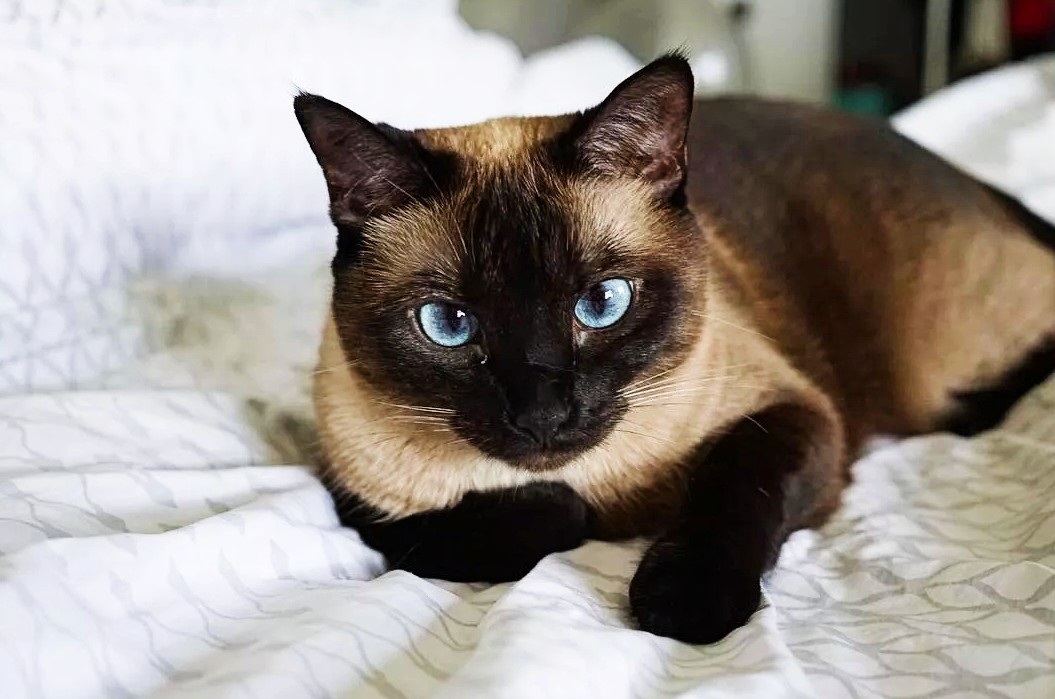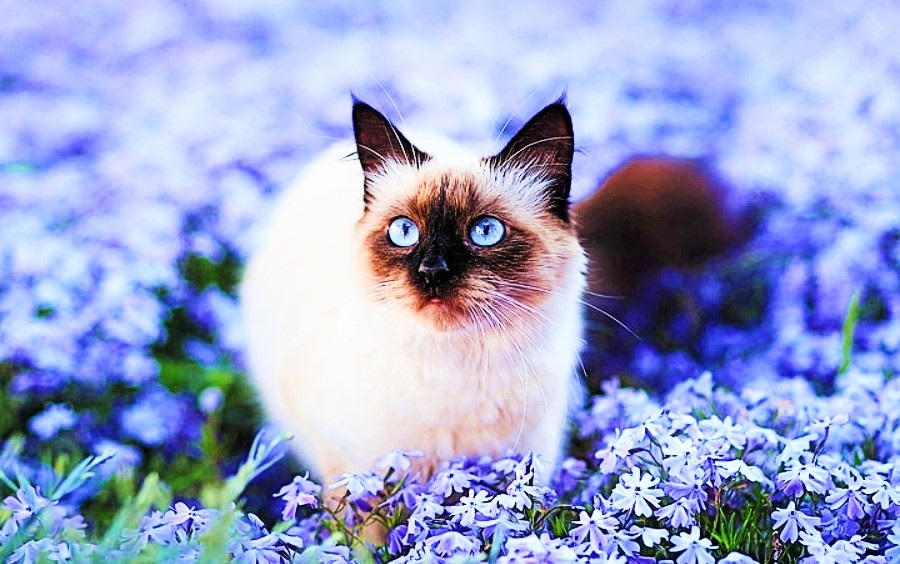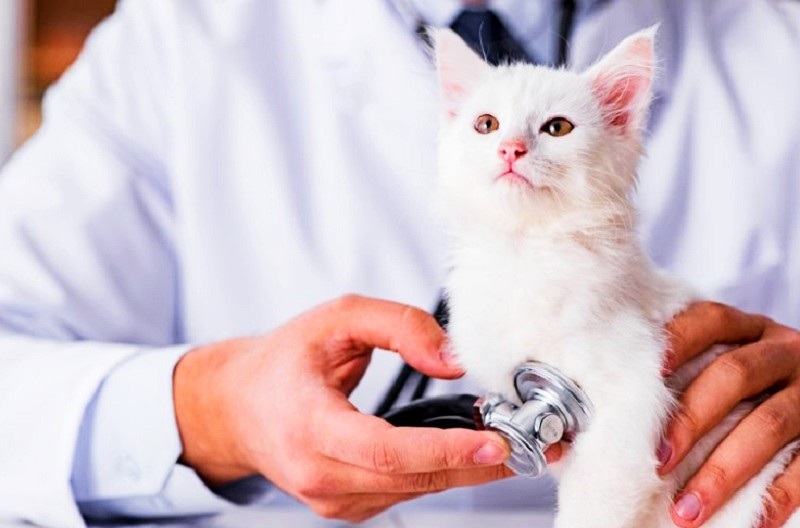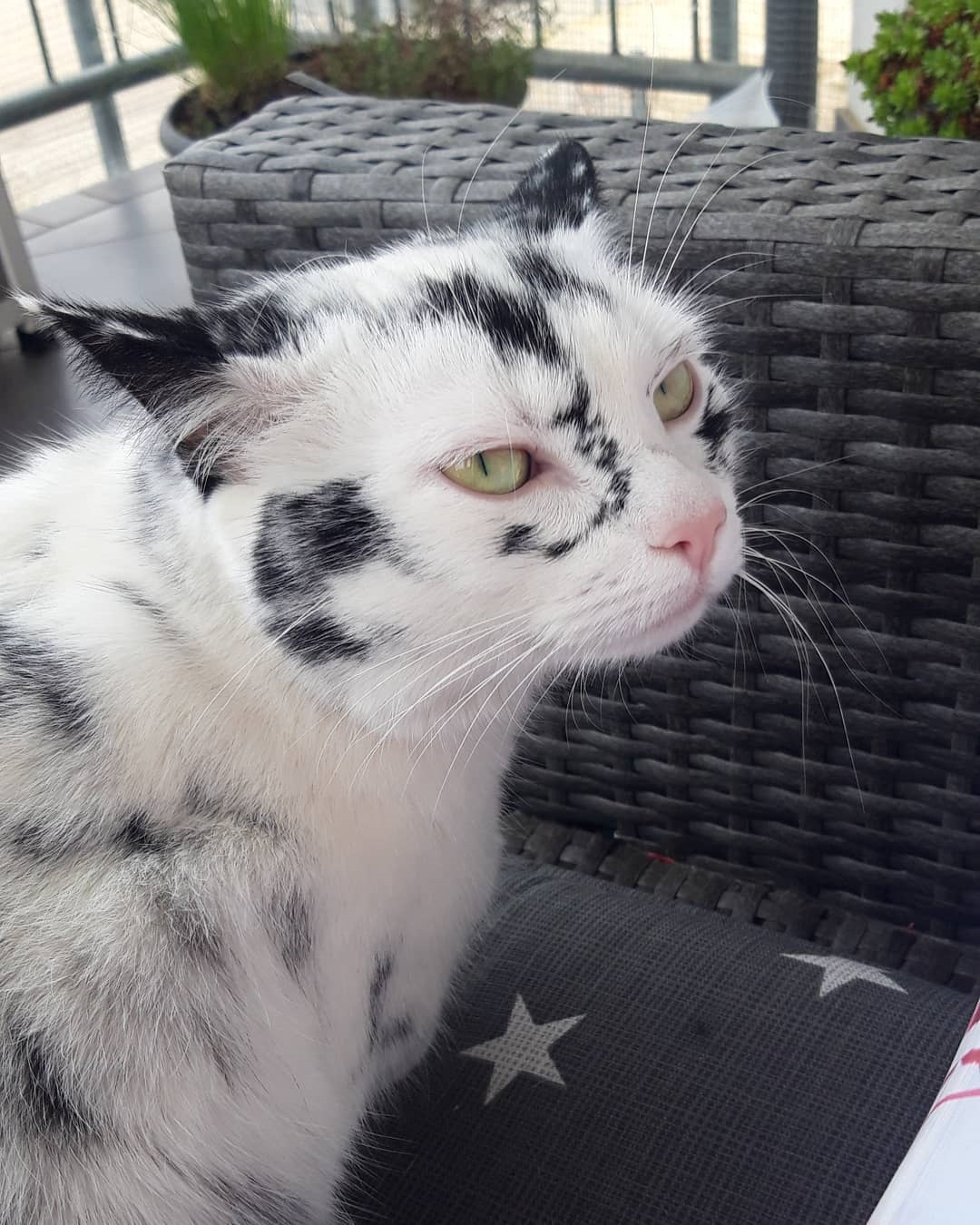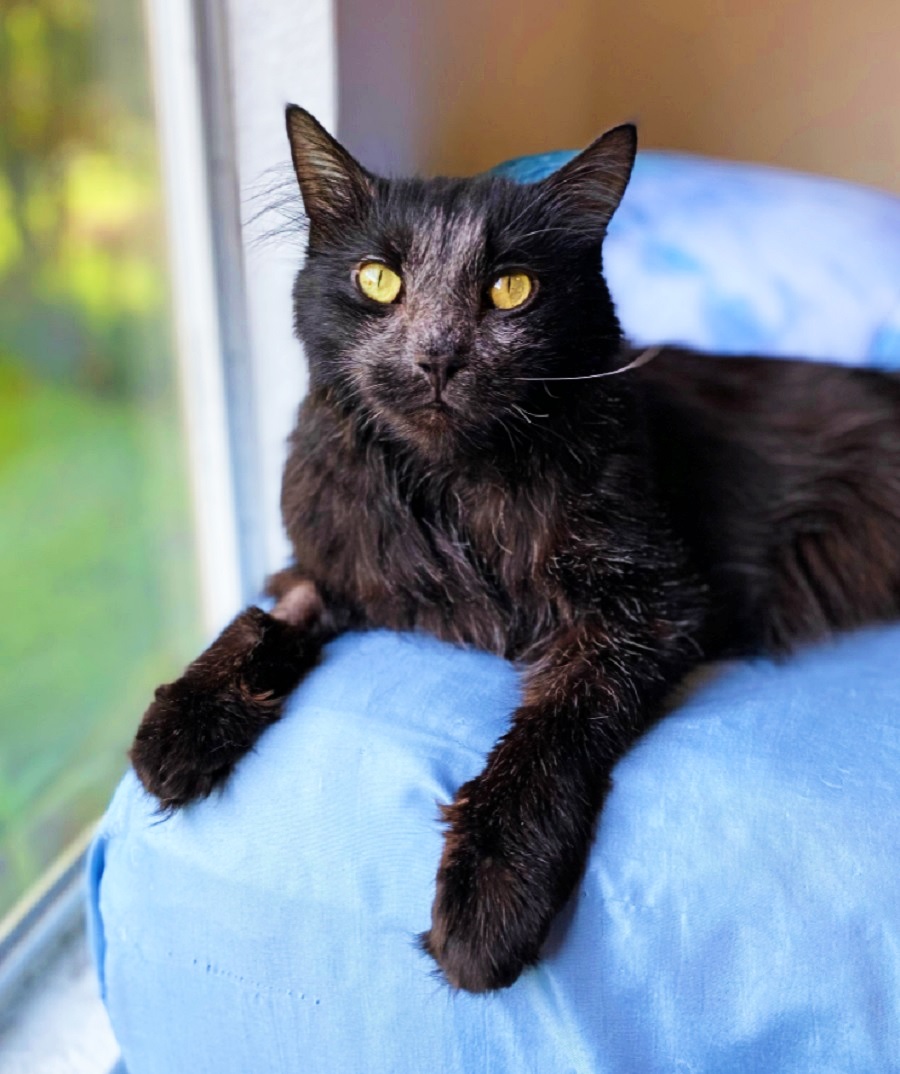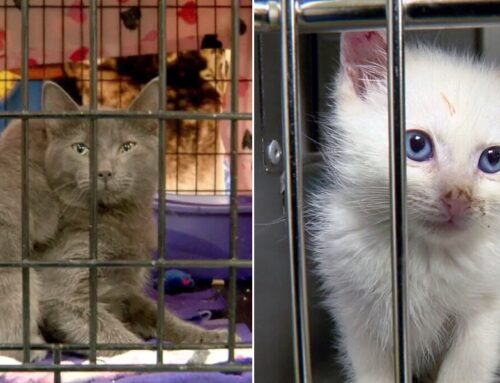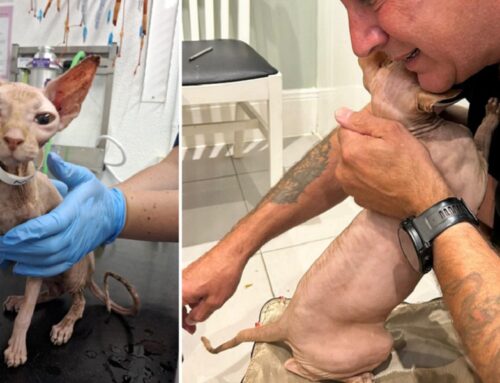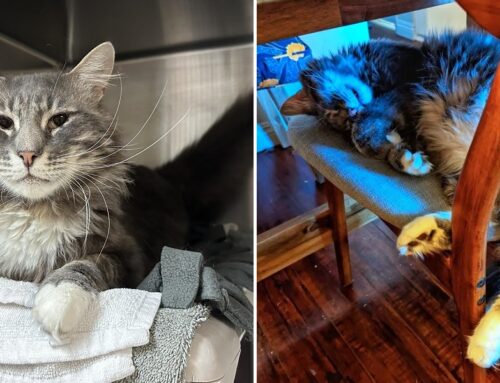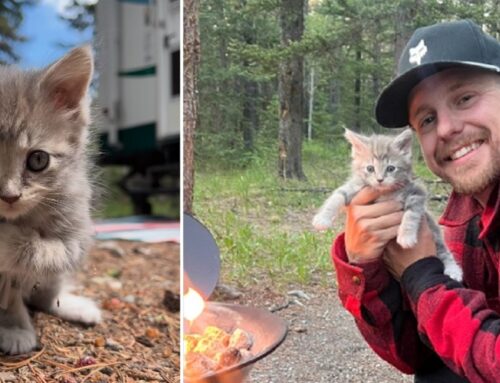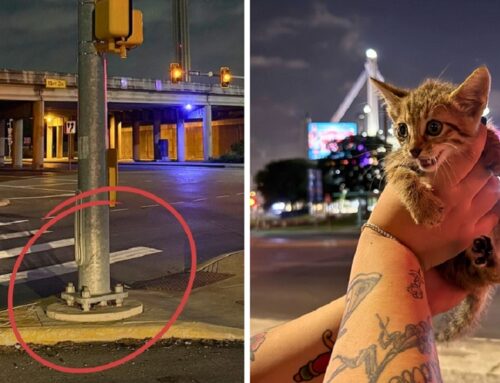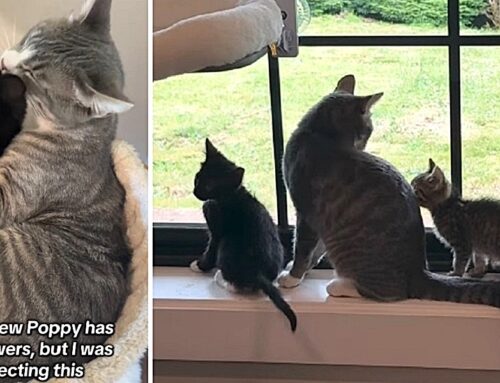Cats are always beautiful and one of life’s greatest pleasures may well be petting that soft, plushy fur. Our kitties change all their lives and this even includes their shiny coats. Sometimes differences in fur color can be quite noticeable, especially if you have a black kitty or perhaps a Siamese. A black cat’s fur can turn an attractive reddish color over time. And the fur of Siamese kitties usually darkens over time, which is why they have those cute little masks. However you look at it, a cat’s fur can lighten or darken over time for some fascinating reasons. Including one that we should pay attention to!
For instance, did you know:
Temperature Can Affect Fur Color.
It’s not the least bit unusual for Siamese cats to develop darker fur as they grow older, Catster reports. But that’s not all — body temperature also plays a part, especially in Siamese, Himalayan, and other Oriental breeds. Like all cats, their skin is cooler in their extremities — feet, tail, ears, and face. That’s why these beauties have darker points and those adorable masks.
This adorable Himalayan cat is a perfect example:
It also turns out that weather temperatures also play a part as their fur often darkens in cold weather.
Sun Can Lighten A Cat’s Fur.
If you’ve claimed a black cat as one of your own, you may have noticed her fur shines a lovely red color in sunlight. It turns out that the sun can actually bleach your cat’s fur, whether she’s playing inside or outside your home. Simply resting in the sunlight on a windowsill is enough to redden her fur.
Nutrition Also Plays A Part.
Sometimes that lovely reddish fur — especially in black cats — can also be a sign that something is going on with your kitty’s health. If your cat’s diet is lacking in tyrosine, an amino acid that’s crucial to people and cats, for instance, this can cause her fur to turn reddish. Tyrosine produces melanin, the pigment that darkens your cat’s fur. But there are other nutritional problems that can also play their part. And once again, these problems are most noticeable in black cats. Copper deficiency or an excess of zinc in your cat’s diet can also lighten fur color.
Reddening fur is the main symptom of tyrosine poisoning but there are a few symptoms from copper deficiency and zinc poisoning that you may want to know about. In copper deficiency, those symptoms include a dull, dry coat, patchy hair loss, and loss of pigment. The fur will have a “washed out,” lackluster appearance. In zinc poisoning, the symptoms can include lack of appetite, jaundice, vomiting, diarrhea, lethargy, and depression. These conditions can be trickier to diagnose in light-colored cats but even so they may likely display the other symptoms.
Please note that each of these conditions has potentially deadly implications. If your cat displays any of these symptoms contact your veterinarian.
This Harmless Condition Is Quite Beautiful.
But we’d be remiss if we didn’t mention one other condition that’s quite harmless but causes some unusual color changes in our feline friends: Vitiligo, which in fact affects dogs, cats, and even humans. It’s very rare but definitely quite striking when it occurs in cats. It causes depigmentation, causing a spiderweb-like appearance of white fur, which is especially visible in black cats, according to this report by Hills. Often cats affected by this develop striking fur patterns, usually starting around a cat’s nose.
It wasn’t all that long ago that we wrote about a remarkable pair of adorable tuxedo kittens adopted by Nicole Böhm in 2016. While little Rosie maintained her black-and-white coloring, her sister Elli began developing the distinctive fur coloring typical of vitiligo a few months later.
As you can see sweet Elli is a gorgeous cat who is doing well.
But there’s one other character, sweet Cole of our very own CaMFam, who successfully underwent cancer treatments with chemotherapy and radiation. It’s the radiation therapy that left him with now very distinctive white markings on his adorable face. And he simply couldn’t be any cuter!
In so many cases a cat’s fur is intricately beautiful and full of sparkling light. It’s simply a delight to pet them, gazing wondrously at their coat. It’s just one more reason why we love our feline friends as much as we do.
But there’s one more factor why your cat’s fur may be changing color.
Your sweet senior is simply growing older.
Like people, kitties get grey hair. But this isn’t something you’d necessarily notice unless you have a black cat. And the coats of many Oriental breeds also darkens with age. One thing is very clear, we love our beautiful felines no matter how their fur changes or how old they are. Their calm, purring demeanor just makes us love them more.


